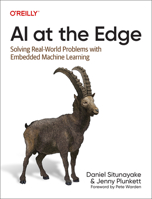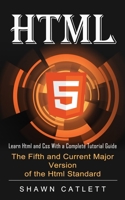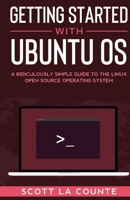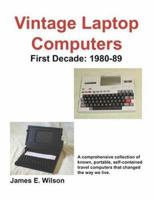Tinyml: Machine Learning with Tensorflow Lite on Arduino and Ultra-Low-Power Microcontrollers
Select Format
Select Condition 
Book Overview
Deep learning networks are getting smaller. Much smaller. The Google Assistant team can detect words with a model just 14 kilobytes in size--small enough to run on a microcontroller. With this practical book you'll enter the field of TinyML, where deep learning and embedded systems combine to make astounding things possible with tiny devices. As of early 2022, the supplemental code files are available at https: //oreil.ly/XuIQ4.
Pete Warden and Daniel Situnayake explain how you can train models small enough to fit into any environment. Ideal for software and hardware developers who want to build embedded systems using machine learning, this guide walks you through creating a series of TinyML projects, step-by-step. No machine learning or microcontroller experience is necessary. Build a speech recognizer, a camera that detects people, and a magic wand that responds to gestures Work with Arduino and ultra-low-power microcontrollers Learn the essentials of ML and how to train your own models Train models to understand audio, image, and accelerometer data Explore TensorFlow Lite for Microcontrollers, Google's toolkit for TinyML Debug applications and provide safeguards for privacy and security Optimize latency, energy usage, and model and binary size








































